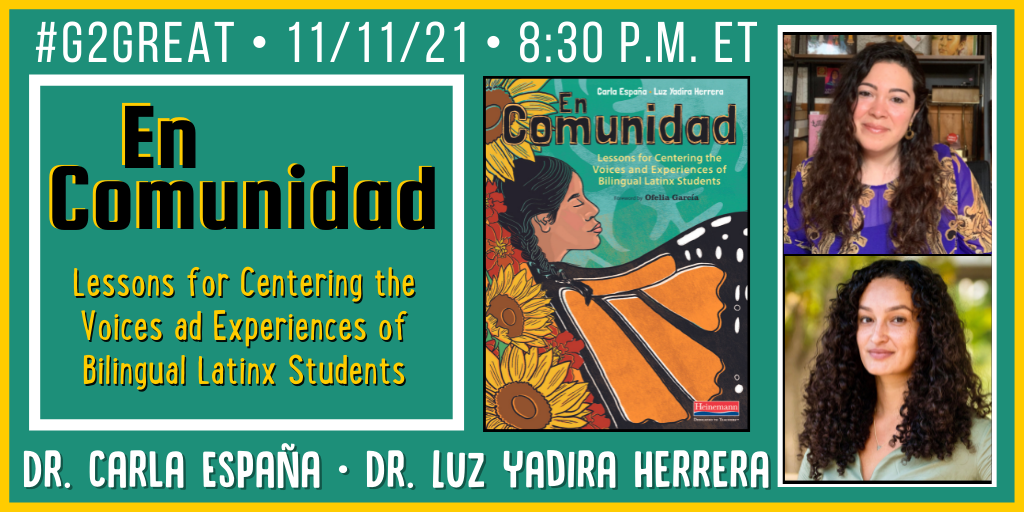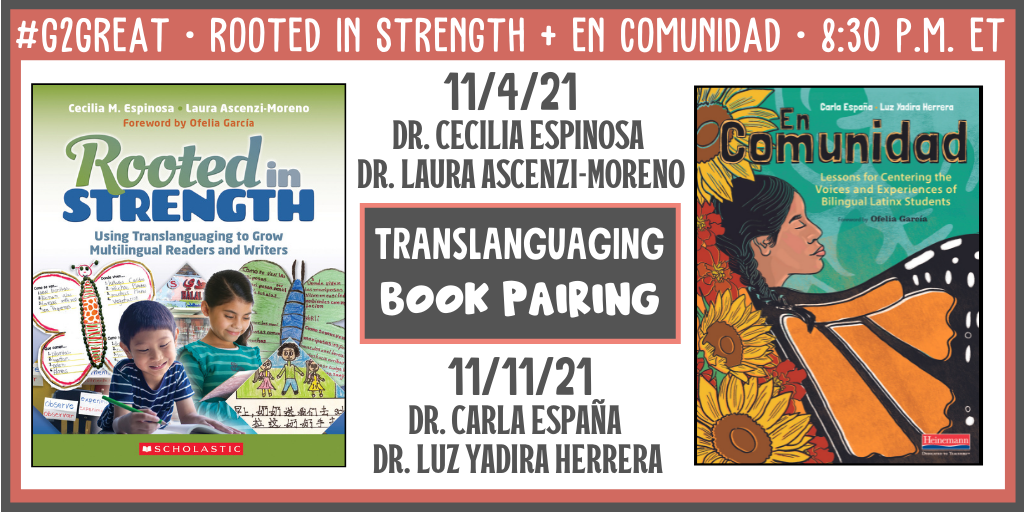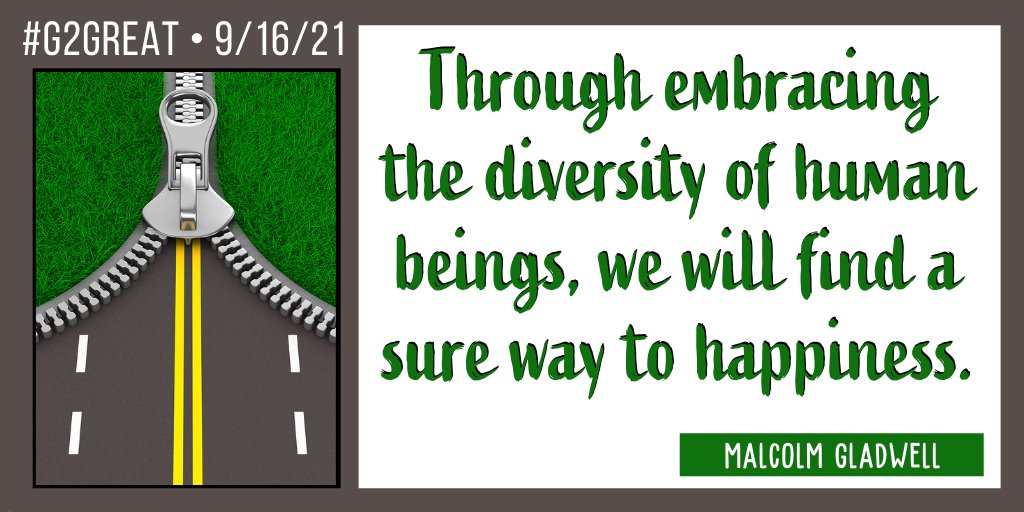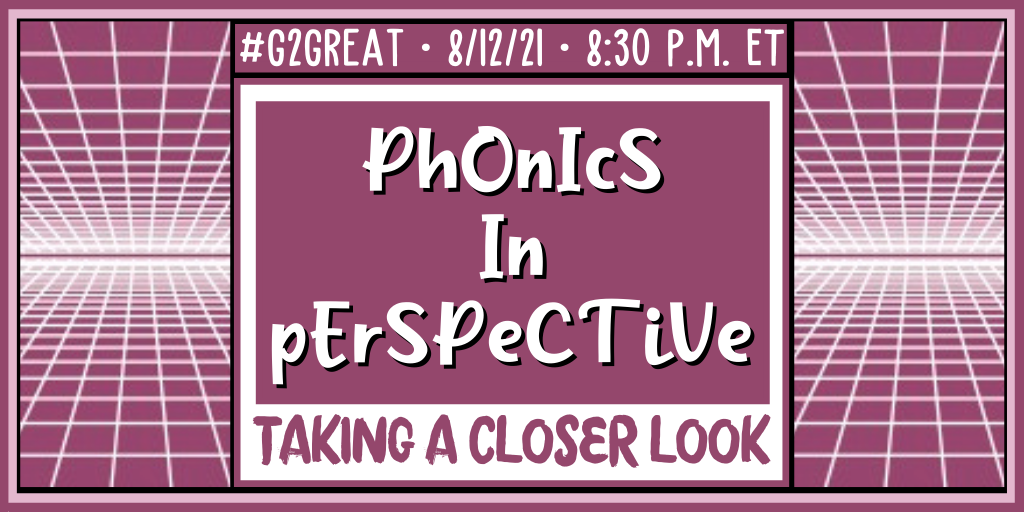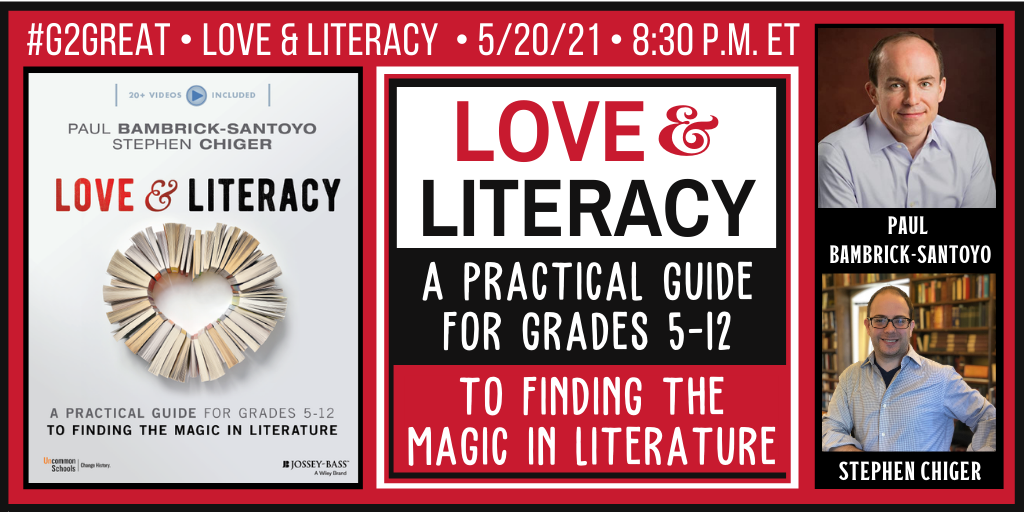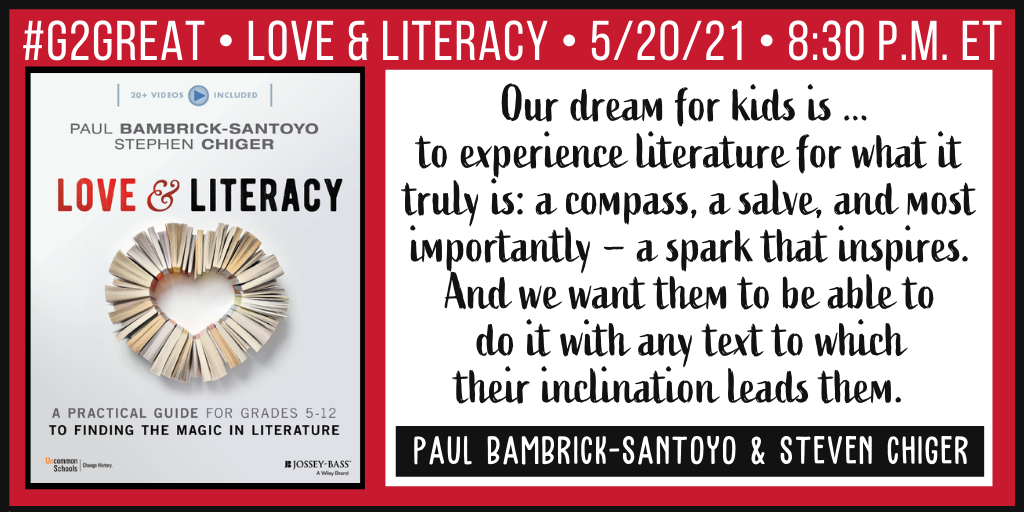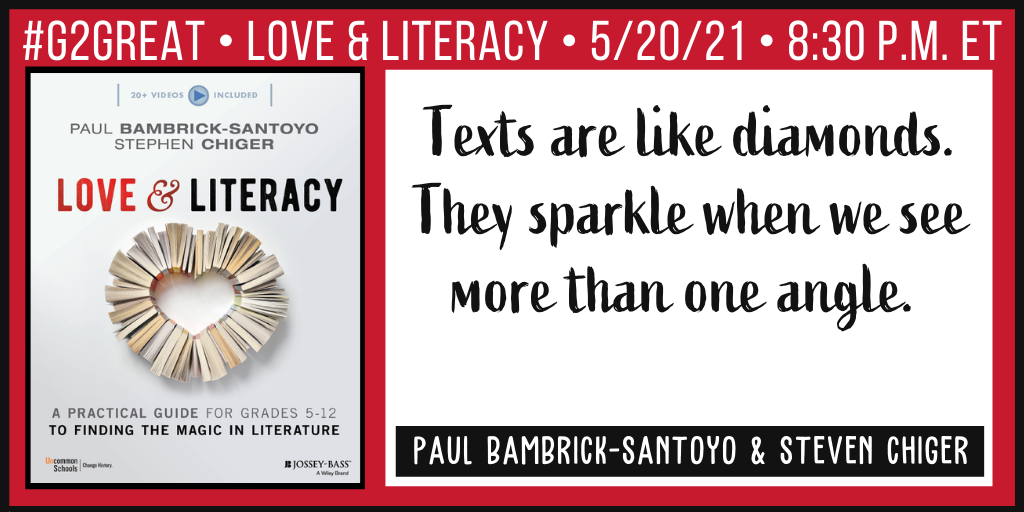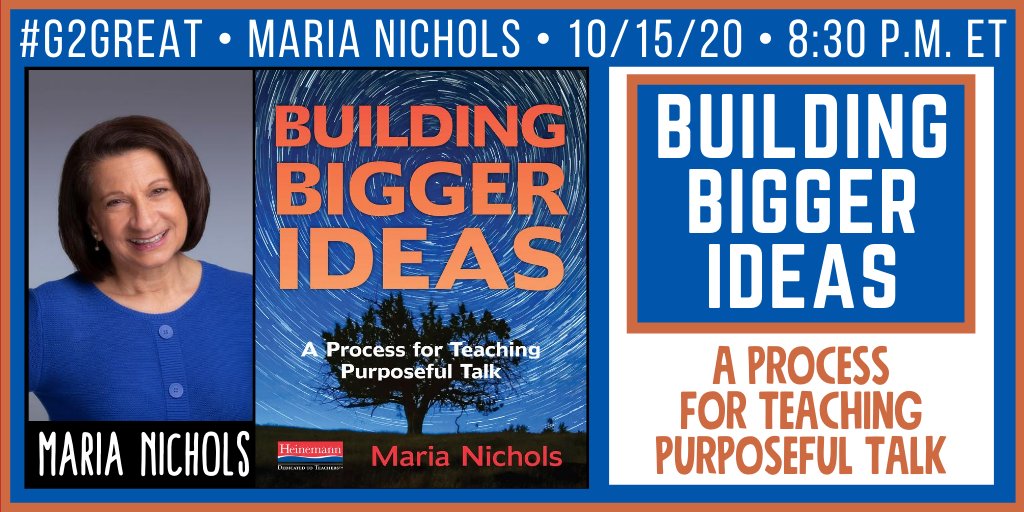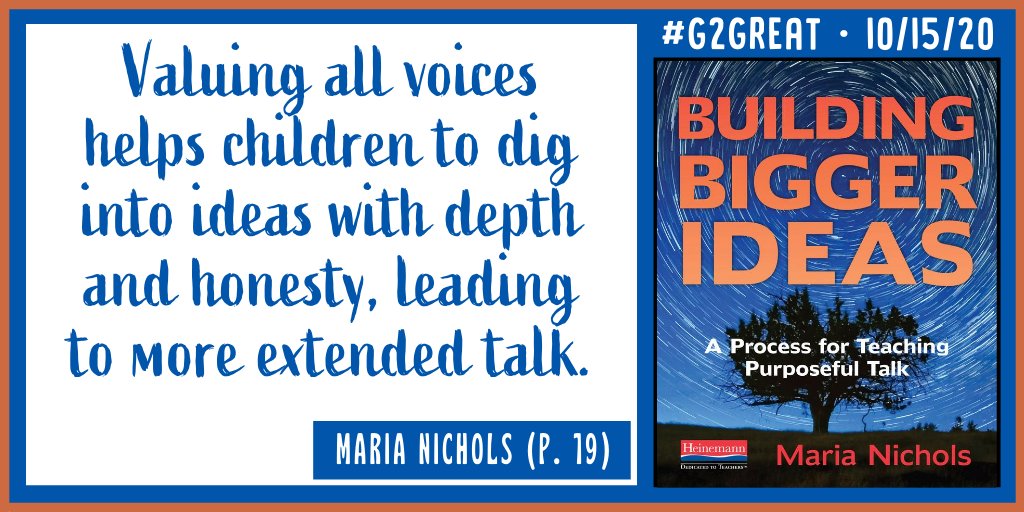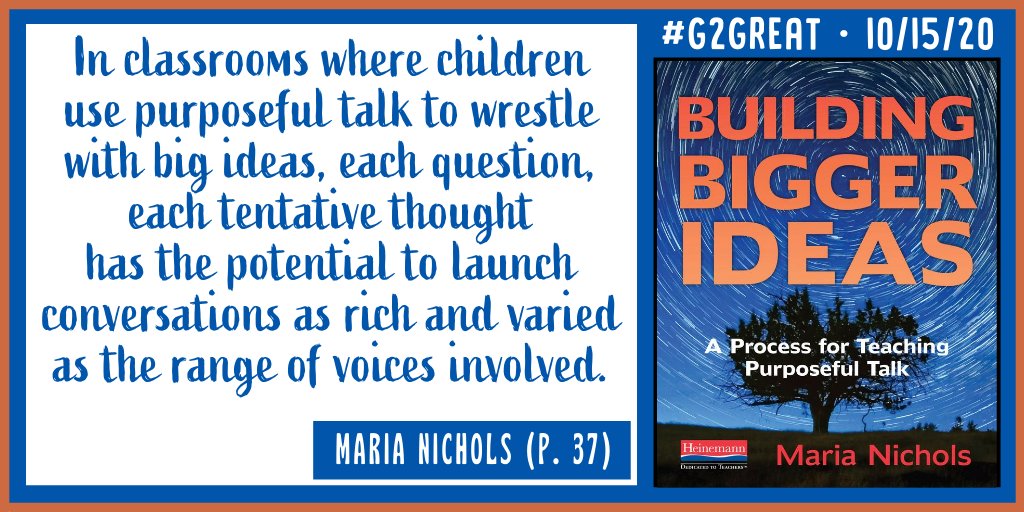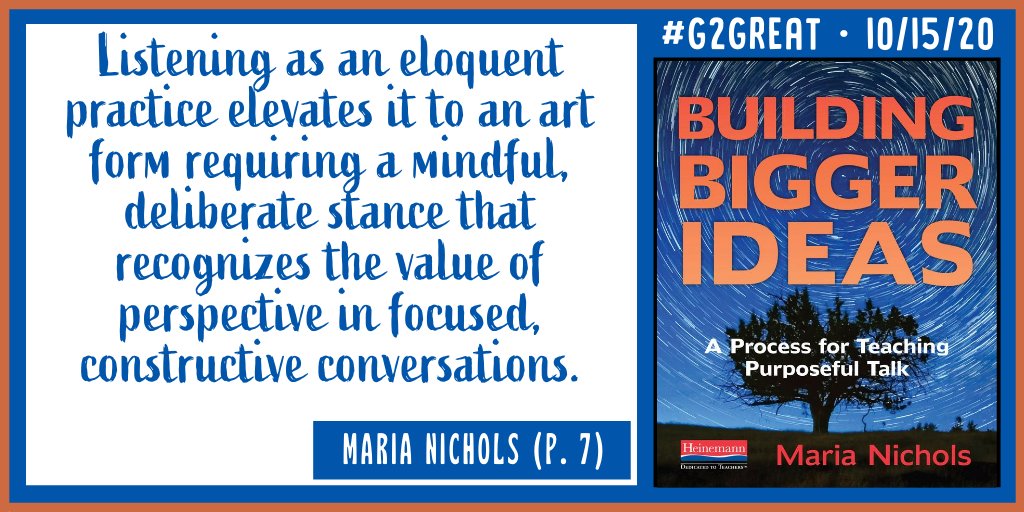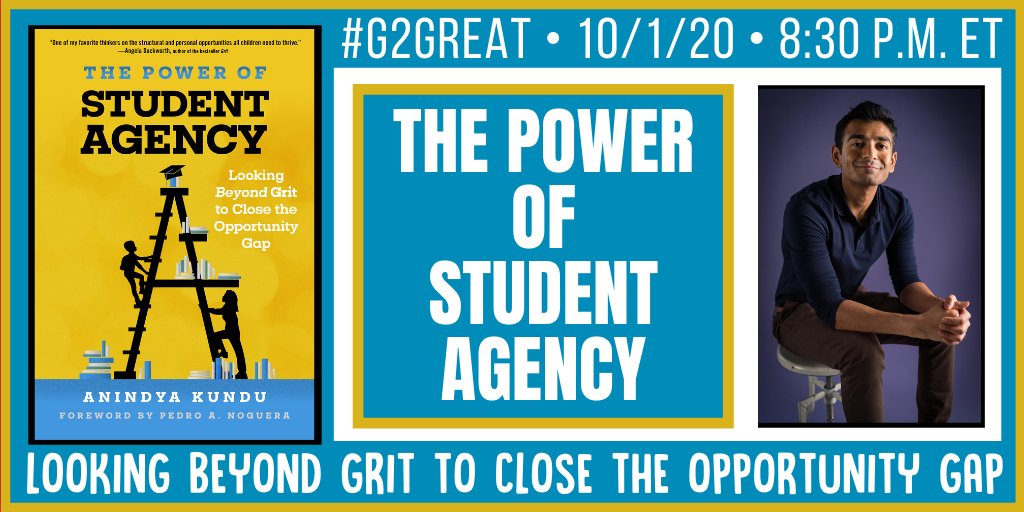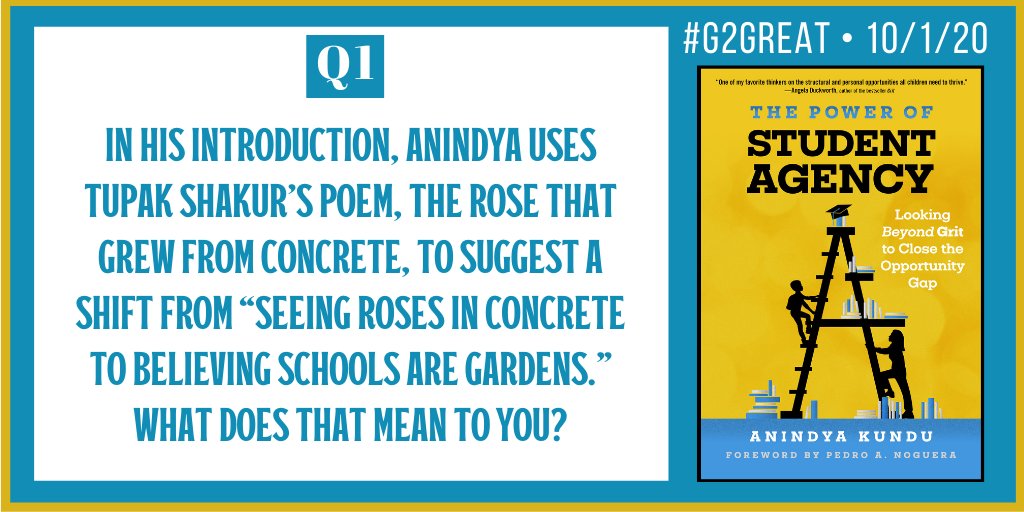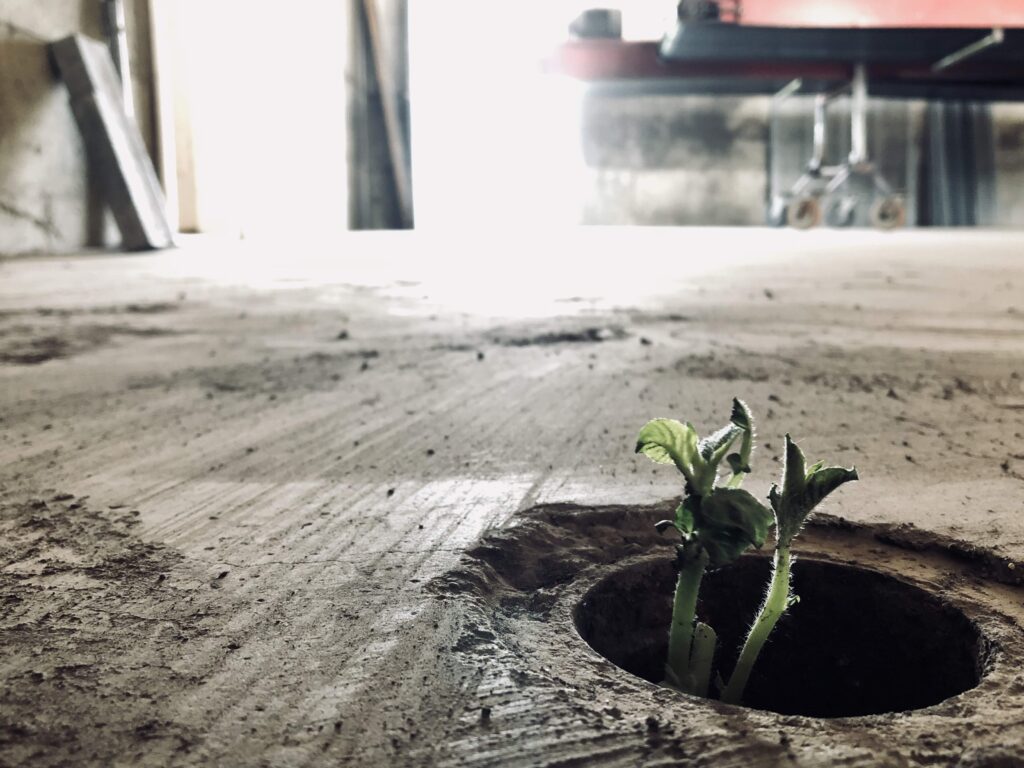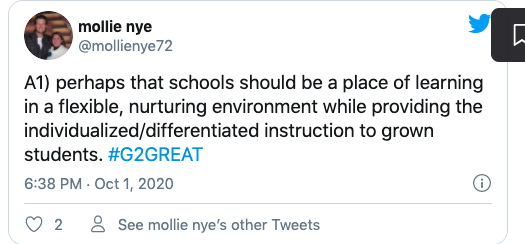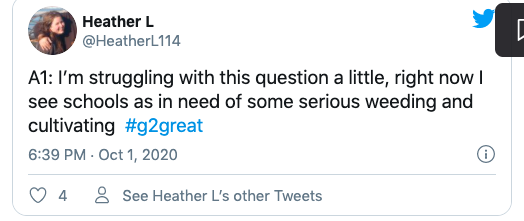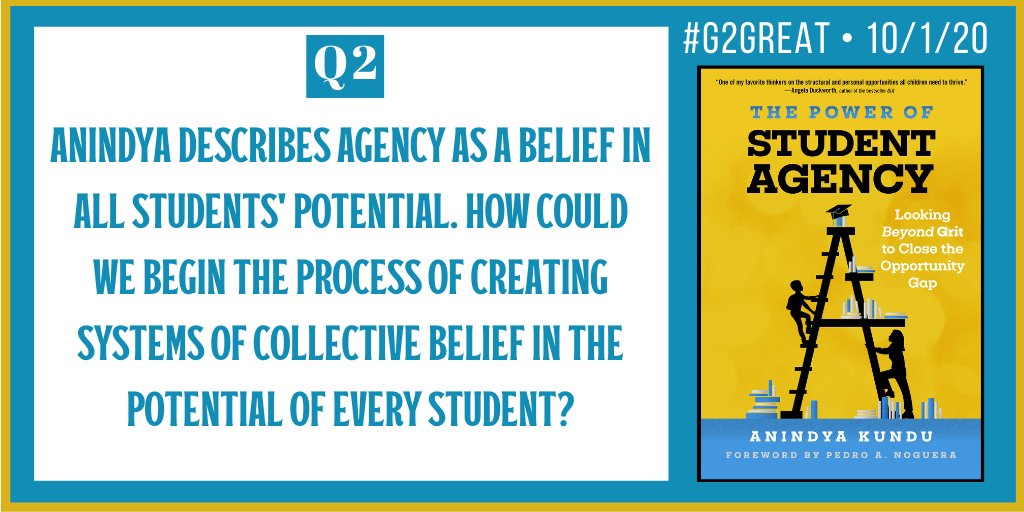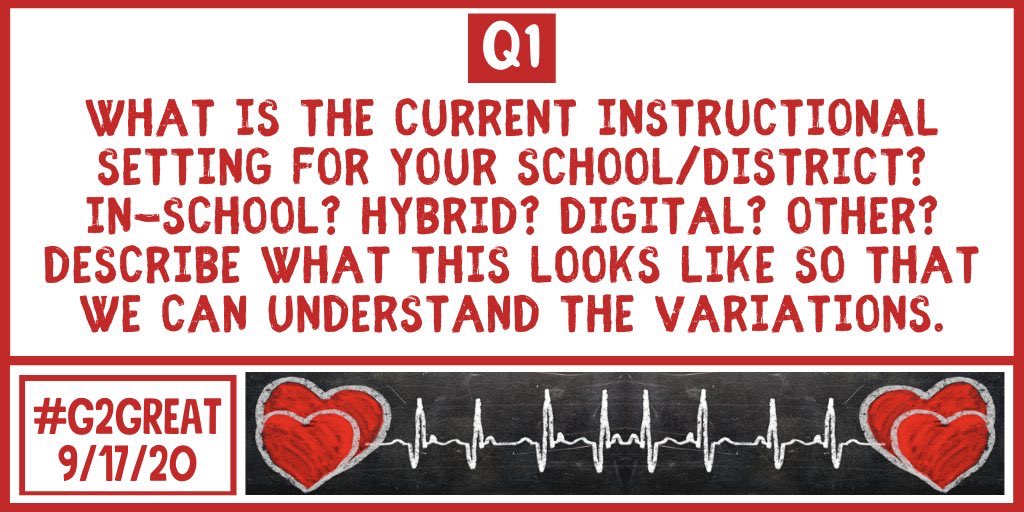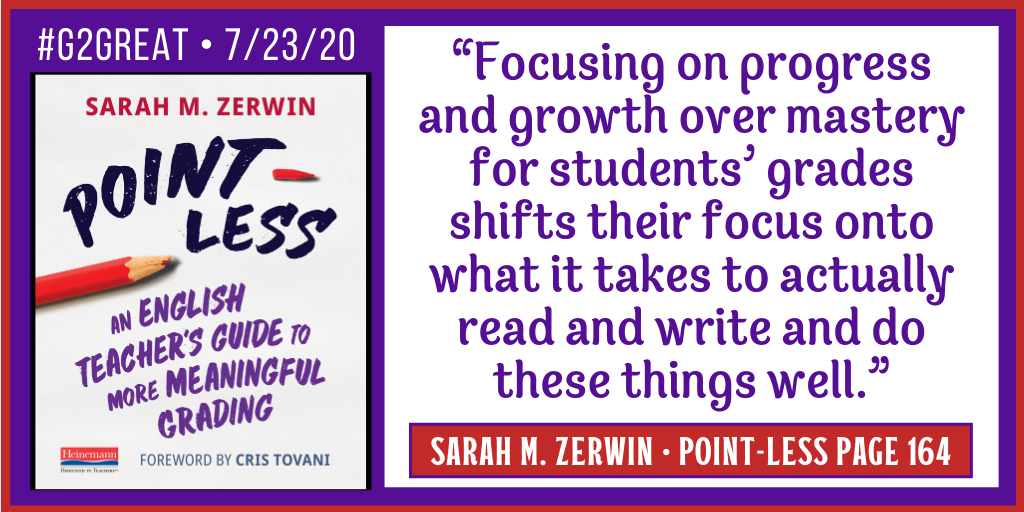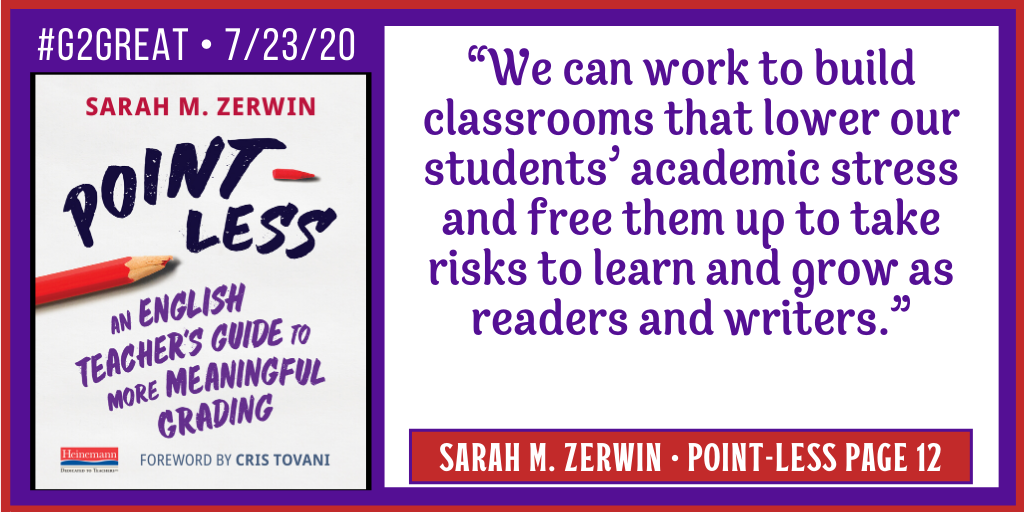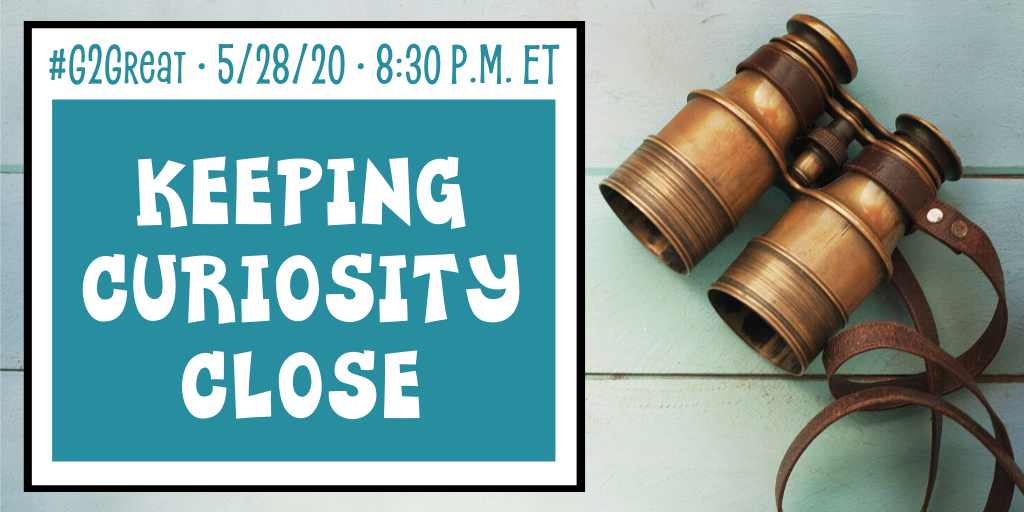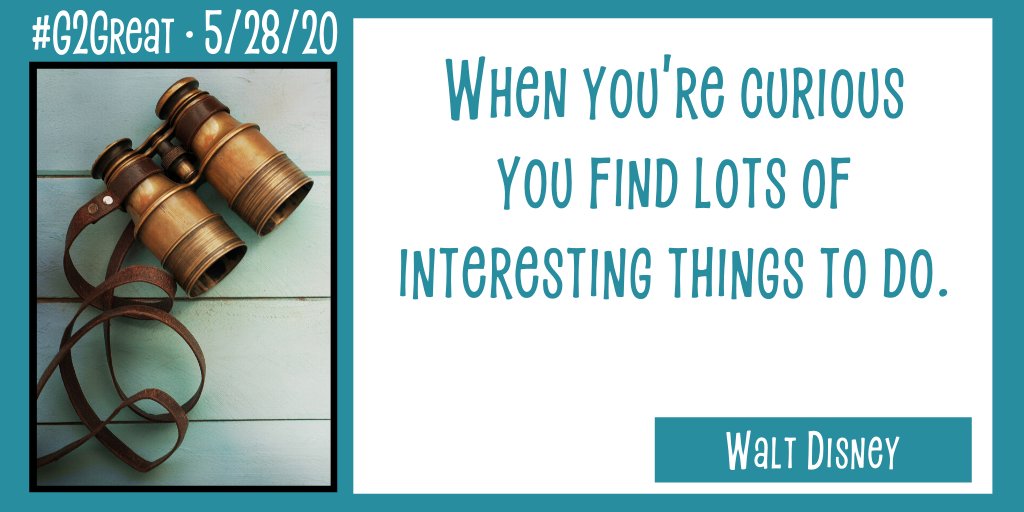by Jenn Hayhurst

To read the archive of this chat please click here.
Steam is rising fast from my “back to the grind” coffee cup. It is early morning, I wanted a fresh head to write my reflection for our #G2Great chat Breaking Down the Walls of Mandates, Manipulations, and Misconceptions (Thursday, September 9, 2022). The words, Mandates, Manipulations, and Misconceptions are fixed in my brain and are truly at odds with this beautiful Saturday morning here in Northport, New York.
Today is one of those golden Long Island end-of-summer days; sunny, blue skies, and a cool 67 degrees. The landscape is still a lush green with only hints of orange and brown in some fringe trees that are determined to turn early. Now we are leaning heavily towards autumn, and I am taken aback by how much I am looking forward to the change. My head wanders back to Mandates, Manipulations, and Misconceptions and I am struck by a question, one that I needed to ask others:
These are the words that came back to describe the natural qualities great teachers possess:
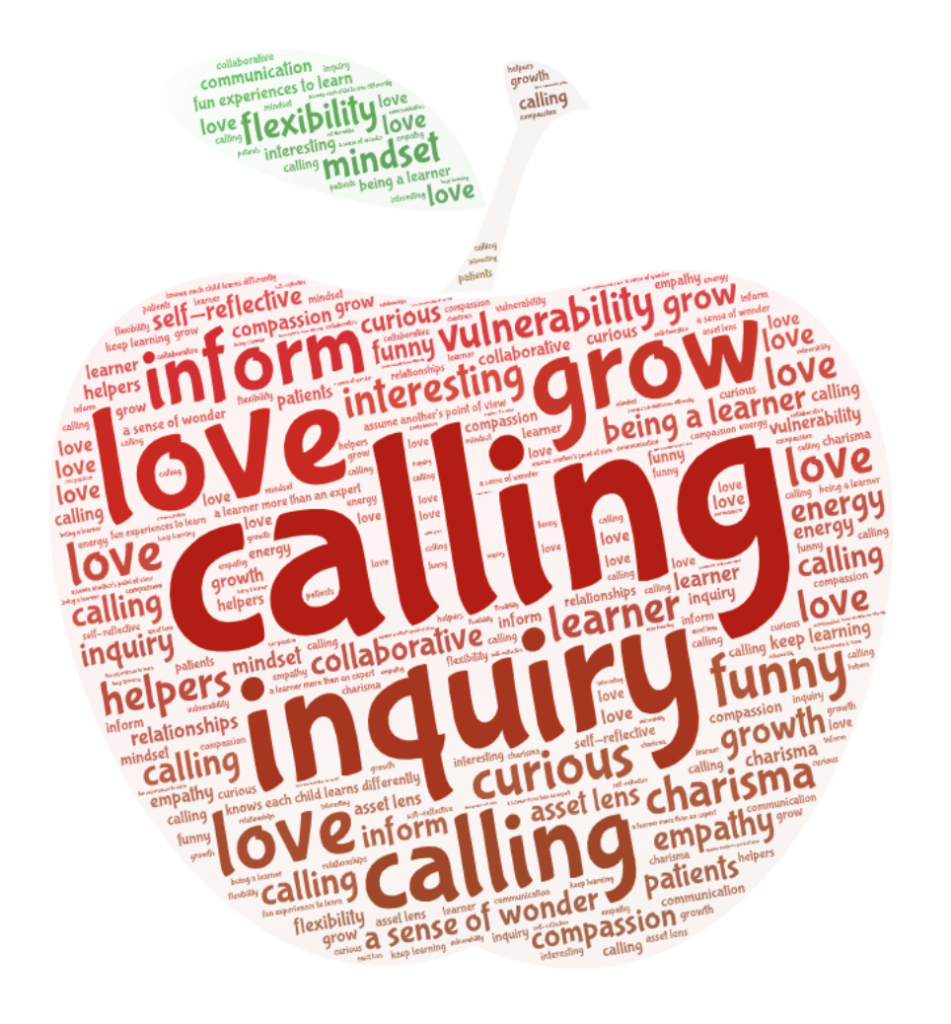
As I wrote the answers into this word cloud, it felt like all of these descriptors were refining my own inventory of personal qualities. Then it occurred to me the qualities that so many educators are saying they share are really ways to define what we value most in our teaching. If we are all of these things, and then we juxtapose the words: Mandates Manipulations, and Misconceptions… it is no wonder there is so much tumult in education today.
Exposing Mandates
If you are looking outside of education, it would seem that mandates are based on research that is designed to generate positive educational reform. However, more often than not, mandates are underfunded and misinformed because they are not rooted in reality. It is no wonder at all as to why so many teachers find the word “mandate” repellent. It is an interfering word, imposed by people who do not actually work in schools. How in the world do you take a group of teachers who naturally possess qualities like “flexibility” “curiosity” and “empathy” and try to force feed a disconnected uninformed mandate? The answer is simple you cannot, teachers will resist:
Revealing Manipulations
It’s easy to suss out the underlying manipulation that beats at a mandate’s heart. It is a fixed definition of success based on (you guessed it) test scores. Mandates often rely on on a narrow intepretation of test scores, and a limited view of what “certain” (insert your label of choice here) students will achieve. Yes, students are switfly labeled, then negated, absolving teachers of any responsiblity. This sends an extremely harmful message to teachers: you cannot fix, what you’re not responsible for. As part of the manipulation, mandates push this notion that some children are pre-destined to fail. This is the deficit lens, and it shouts to all who will listen: “The system is broken! This is the reason why! Now it is time to buy this (product) so it (but the subtext is really they) can be fixed:
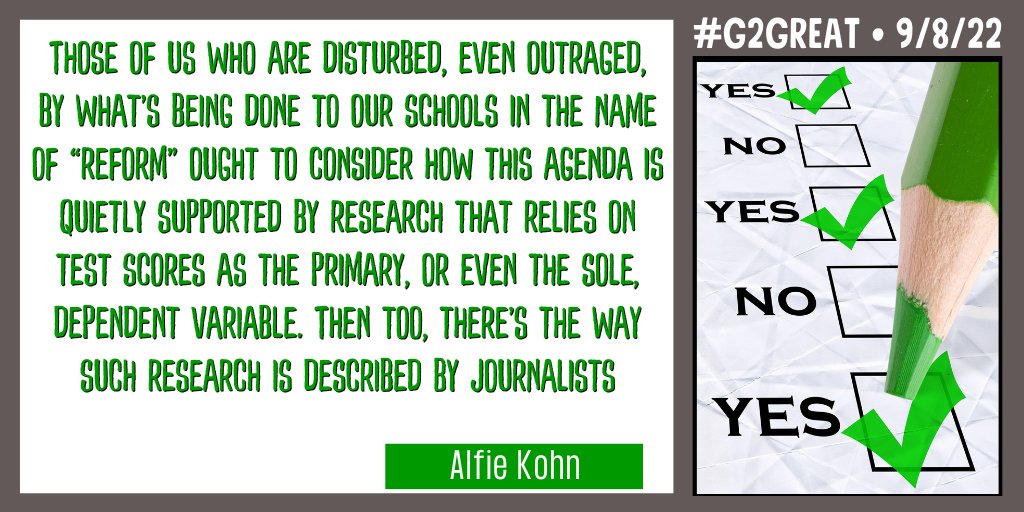
Dispelling Misconceptions
The debate always goes public and is always fueled by misconceptions, as each side tries to take hold of the narrative. This is how reading wars are born into public discourse. Each person takes a side when really there are no sides to this. There are only children and teachers and we all want the same thing – we want kids to be successful:
Being the Change
I encourage you to get connected. Find your people who help you “think up”. What I mean by this is find that group of people who challenges you to keep learning, to read more, to be brave and say more, and to keep pushing our profession forward. Find your community at work, and push yourself to find it on a bigger scale. If are already reading this, chances are good that you are a member of the #G2Great PLN. If not, come join us on Twitter, #G2Great Thursday nights at 8:30 pm est (a shameless plug). But, there are other communities to keep the conversation going. Here are three other great chats I can recommend:
- #Satchat Saturday Mornings 8:00 AM EST
- #TCRWP Wednesday Evenings 7:30 PM EST
- #CrazyPLN Saturday Morning 10:00 AM EST
